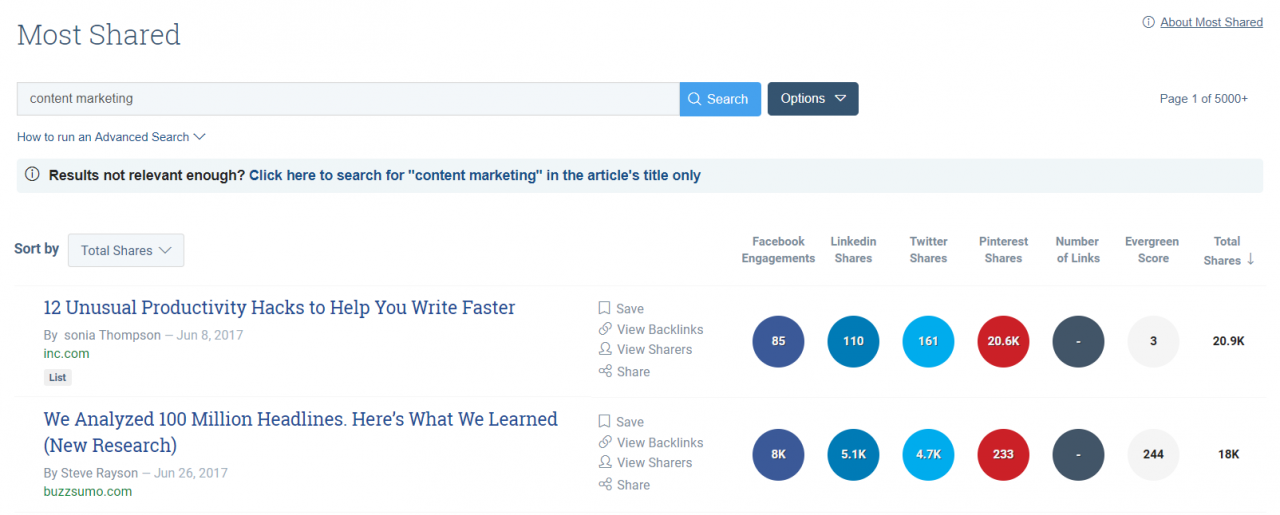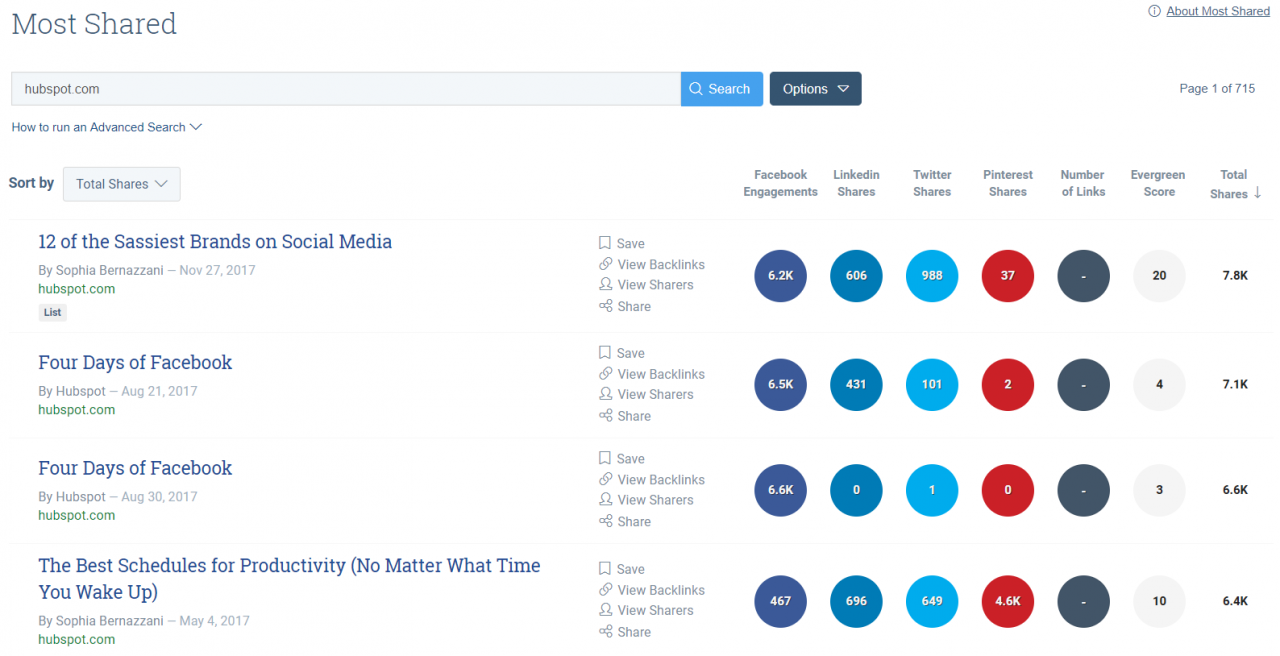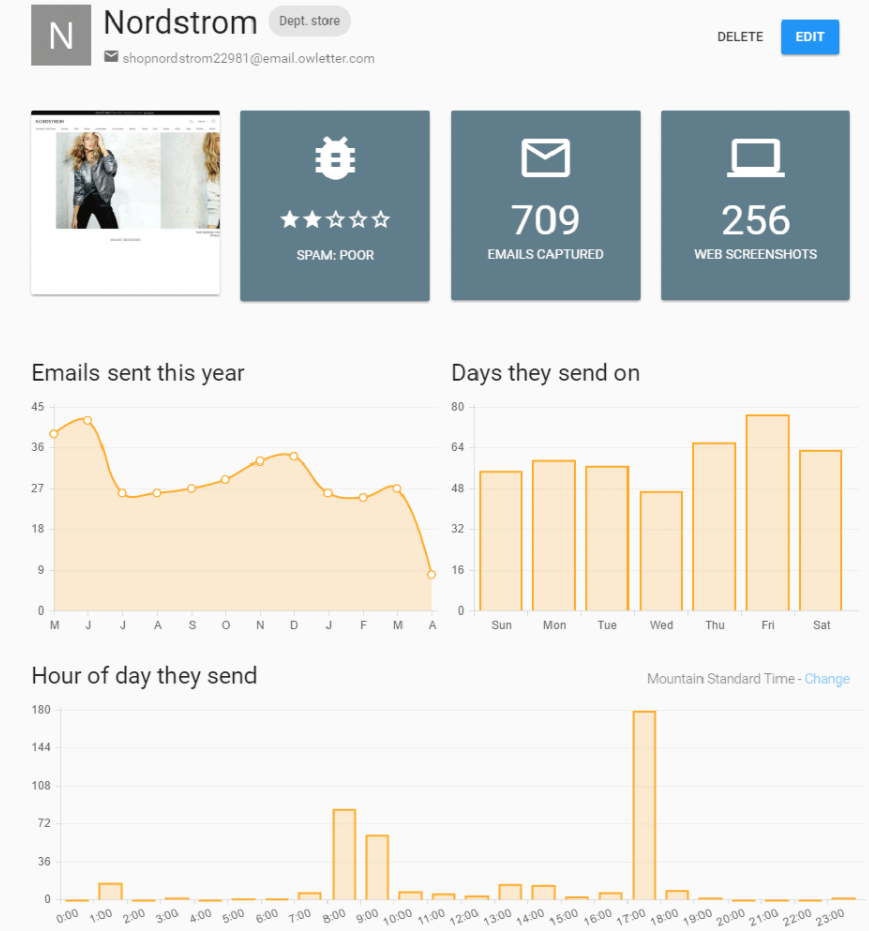
Let’s discuss a topic that’s truthfully a little bit unpleasant to some marketing experts.
Competitors.
No matter what sector you’re in– advertising and marketing is a video game of contending for the focus of your target market. With a lot of advertising networks offered today, that competitors is sometimes tough.
Consider it.
Competitors for web traffic, advertisement positioning, fans as well as sales. The checklist continues. And also while the concept of performing affordable evaluation isn’t especially “enjoyable,” it’s definitely required.
Why Competitor Analysis Tools Are a Must-Have
The bright side, though? There are a lots of rival evaluation devices around to aid you promptly as well as successfully evaluate exactly how you compare to your leading rivals.
As well as with the right devices on deck, you can invest much less initiative attempting to dig dust on your rivals and also even more time reallyadvertising.
As opposed to investing excessive time attempting to snoop on your rivals, why not allow some clever devices do the research for you?
1. Sprout Social
With social media ranked the No. 1 channel for connecting with customers, there’s no better starting point for competitive analysis.
Sprout Social enables you to understand competitor performance on social media from multiple angles and data points.
You can use Sprout’s suite of competitive reports to assess and optimize your social strategy with rich data points you can track across Facebook, Twitter and Instagram.
Whether you want to get a sneak peek at what your competitors are posting or benchmark your growth against the average of the profiles being compared, it’s all a click away, minus the tedious manual research and messy spreadsheets.
Up your analytics game with Sprout’s Premium Analytics tool that offers deeper insights into your social platforms, along with interactive charts and graphs that you can customize to align with your goals.

Sprout offers the same competitive analytics on Instagram too.

And you can dive even deeper using Sprout’s Advanced Listening tool.
By tapping into publicly available social conversations, you can quickly find out how consumers feel about your competitors’ products and services, as well as examine your own share of voice in your industry.
We use listening to understand what is being said about us across social media, and further into the web, such as in blog posts and on forums. We also track what is being said about our rivals, and the manufacturers that we stock. We then take all this information and use it in our quarterly social media strategies to determine how we can tailor content that we believe our audience may be interested in.” alt=”” aria-hidden=”true” />
Alex Hodgson
Social Media Manager
With direct access to consumer sentiment, Sprout makes it easy to identify opportunities to differentiate your brand from competitors.
2. Phlanx
This Instagram engagement calculator clues you in on how active any given account’s followers are. This is an awesome resource to analyze your competitor’s Instagram presence. Plus, it doubles as a way to figure out whether or not an influencer has a legitimate following.
Phlanx’s engagement ratio is calculated based on the number of followers an account has versus the rate that followers interact with content (likes, comments, etc).
For example, Trader Joes has an engagement rate of 2.56%. This is a fair score for a larger brand that posts on a consistent basis.

But compare that to the likes of Denny’s, well known for their cult-like social following and rabid fans:

This score isn’t the be-all, end-all of a brand’s Instagram presence, but it does offer some much-needed perspective.
Take Adidas, one of the most followed accounts out there, for example. They do get an insane amount of engagement on their posts, but it’s low relative to their massive follower count.

This speaks to a bigger point about competitive analysis on social media. Context matters. It’s easy to get caught up in follower counts, but engagement is arguably a much more important metric.
3. Social Blade
A fun tool for checking out bigger brands is Social Blade. It assesses follower counts on the likes of Twitter, Instagram and YouTube among other services. Although often used to assess the popularity of celebrities and YouTubers, there are some interesting insights here for marketers.
For example, their Twitter competitor analysis applies a “grade” based on their average number of retweets and likes.

Perhaps most notably, Social Blade provides a day-by-day follower update as well as a live follower count.

Another cool feature is the ability to stack brands’ social presences against each other.

Competitor Analysis Tools for SEO
4. SEMRush
SEMRush is one of the most widely-used SEO tools on the market, but its competitor analysis features set them apart from the pack. For starters, you can use SEMRush to pull your competitor’s backlinks and monitor changes in their ranking.
Here’s a sample dashboard after running a domain analysis for FreeCodeCamp:

And here’s the piece of the analysis which provides a by-the-numbers view of who’s competing for their keywords:

This is an invaluable tool for understanding who your competition is from a strictly SEO perspective. Likewise, highlighting what keywords are targeted by competitors directly influences your own content strategy.
5. Ahrefs
Another staple competitor analysis tool for SEO is Ahrefs’ site explorer, which allows you to check any URL’s top organic keywords. Additionally, you get a rough estimate of how much traffic a competitor receives on those keywords.

It’s easy to check out a site’s highest-performing content based on backlinks (as opposed to shares) too. This information teaches you what sort of products or messaging is working best for a brand.

And in addition to highest-performing content, you assess what keywords bring in the most traffic to a competing site.

The takeaway here? Your competition’s traffic doesn’t have to be a guessing game when you’re regularly running your own reports.
6. MozBar
This browser extension from Moz provides a surface-level view of how authoritative a site is in the eyes of Google. Based on Moz’s own metric of domain authority (DA), MozBar assigns sites a DA score based on its likelihood to rank in search engines (based on factors such as backlinks). The higher the DA score, the better.
Settled atop your browser, the MozBar is a useful tool to quickly determine a site’s search potential performance at a glance.

When enabled, you also see how competing sites compare in a Google query.

MozBar allows you to conduct a sort of passive competitive analysis as you examine competing sites to figure out how long they’ve been around and whether or not they’re winning backlinks.
Competitor Analysis Tools for Content
7. Buzzsumo
Buzzsumo allows you to look at the top-performing content for relevant topics for your brand and specific competitors. The tool looks at a piece of content’s engagement on social sites as well as its total shares across the web.

Not only does this clue you in on who’s killing it in terms of industry content, but also it helps you identify potentially hot topics to explore yourself.

Whether you’re looking for movers and shakers in your industry or simply a new idea for a blog post, Buzzsumo provides you with definitive answers.
8. Similarweb
Similarweb is an insanely comprehensive tool for both content and SEO. The tools helps you dig deep into your competitor’s content and where their traffic comes from.
For example, you can determine a site’s referral traffic and likewise where a site ends up sending its visitors.

And more importantly, for content marketers, you see what topics visitors search for and what other relevant sites they visit.

9. Feedly
If you’re looking for a way to keep an eye on a competitor’s content without checking up on their blog constantly, look no further than Feedly.
Feedly is a content aggregator that stores and organizes content as it’s published, including that of your competitors. This allows you to see hot topics covered by your competitors, all on one page.

Competitor Analysis Tools for Emails, Ads and Industries
10. Mailcharts
Email marketing is arguably one of the most tedious channels for competitive analysis.
Recognizing this, Mailcharts aggregates emails from competing campaigns to help influence your own. In addition to grabbing subject lines, Mailcharts pulls data such as send frequency and compares it to your business’ campaigns to see where your emails stand.
Additionally, the tool compares your campaigns to their own massive library of marketing emails to ensure you’re in tune with best practices (think: timing, frequency, subject line length, etc).

Not only is Mailcharts a powerful competitor analysis tool, but its website offers a ton of email examples to draw inspiration. Pulling from some of the biggest campaigns out there, you get a better idea of what today’s top-performing emails look like.
11. Owletter
This tool automatically aggregates emails from competitors and organizes them into a simple, user-friendly dashboard. Owletter’s analytics spots changes in your competitors’ email frequency, and likewise picks up on trends to help you optimize when you should send your own emails.

This represents an efficient, data-driven alternative to keeping up a dummy email account to spy on your competitors.
12. iSpionage
If you’re interested in a competitor’s paid ads, iSpionage is definitely for you. This tool analyzes multiple aspects of PPC campaigns, including how many keywords a brand is targeting on AdWords:

Additionally, you see what their target PPC keywords.

You also see who else competes for PPC ads for a particular topic, in addition to how much they’re projected monthly budget is:

For brands considering PPC, such a tool is essential for keeping realistic expectations for ad spend.
13. Owler
Last but not least, this industry analysis tool uses community data to curate data and content from startups relevant to your niche. Again another tool reserved for bigger brands, you input brands to create your own custom dashboard of industry names to watch.

And that wraps up our list!



